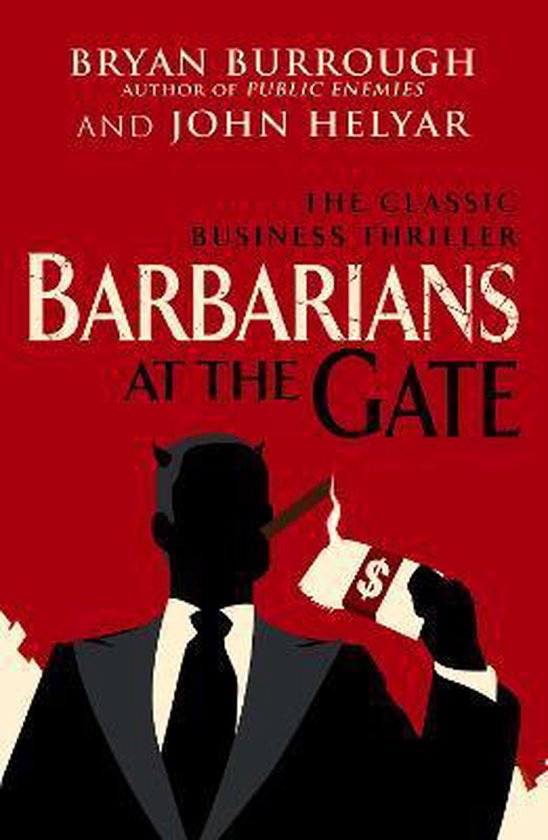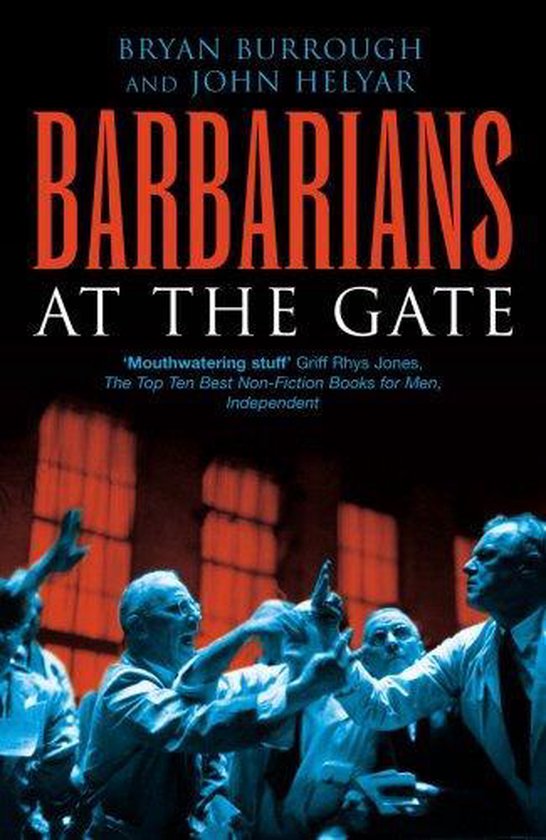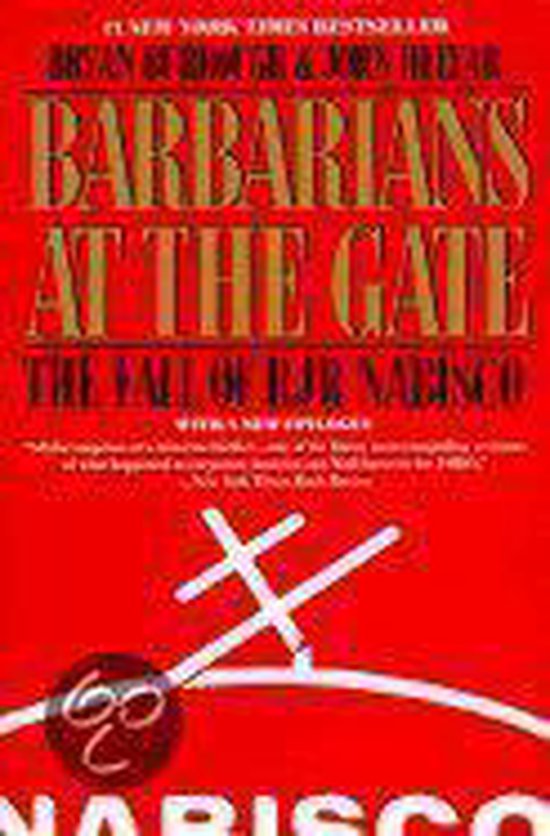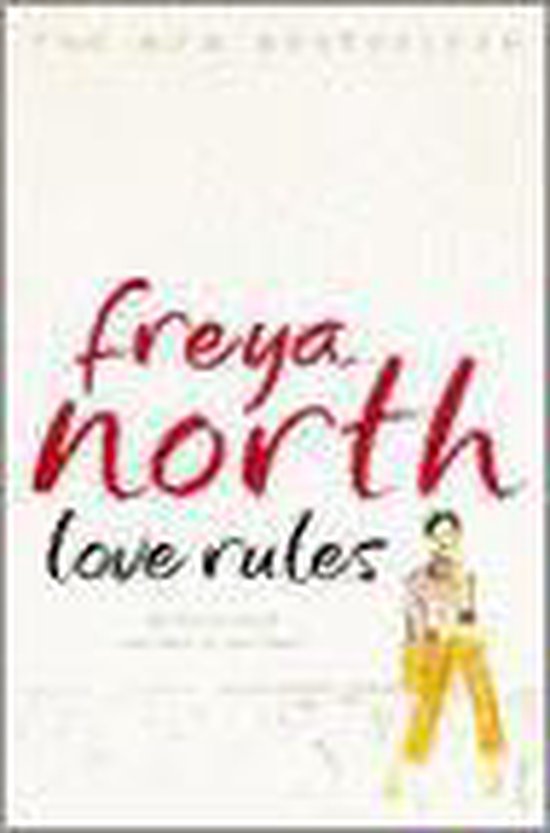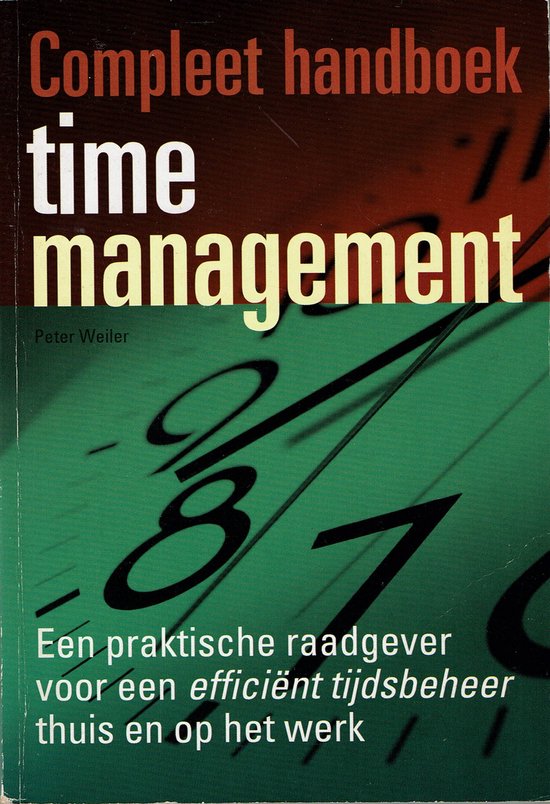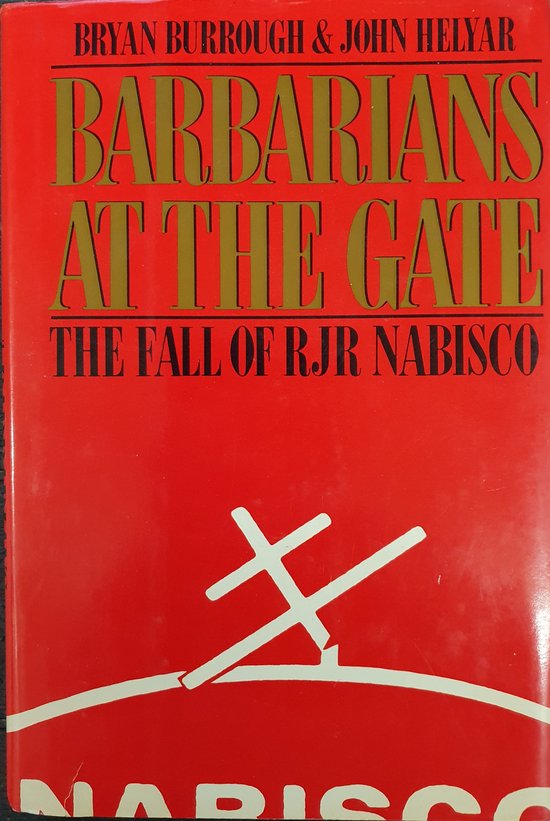
Barbarians at the Gate
On the exercise of careless greed by Johnson and his gang of adolescents. The barbarians were at the gates of a city of vulgarians. Annotation copyright Book News, Inc. Portland, Or.
The fight to control RJR Nabisco during October and November of 1988 was more than just the largest takeover in Wall Street history. Marked by brazen displays of ego not seen in American business for decades, it became the high point of a new gilded age, and its repereussions are still being felt. With $25 billion at stake, it will be remembered as the ultimate story of greed and glory —on Wall or any other street.
Bryan Burrough and John Helyar’s Barbarians at the Gate is the gripping account of these two frenzied months, of deal makers and publicity flaks, of an oldline industrial powerhouse (home of such familiar products as Oreos and Camels) that became the victim of the ruthless and rapacious style of finance of the 1980s. As reporters for The Wall Street Journal, Burrough and Helyar had extensive access to all the players in this drama. They take us behind the scenes at strategy meetings and society dinners, in boardrooms and bedrooms, giving us not only an almost unprecedentedly detailed look at how financial operations at the highest levels are conducted but also a richly textured social history of wealth at the twilight of the Reagan era.
At the center of the huge power struggle is RJR__ | Nabisco’s president, the high-living Ross Johnson. Ît is his secret plan to buy out the company that sets the frenzy in motion, attracting the country’s leading takeover players: Henry Kravis, the now legendary leveraged-buyout king whose entry into the fray sets off an acquisitive commotion; Peter Cohen, CEO of Shearson Lehman Hutton and Johnson's partner, who needs a victory to propel his company to an unchallenged leadership in the lucrative mergers and acquisitions field; the fiercely independent Ted Forstmann, motivated as much by honor as by his rage at the corruption he sees taking over the business he cherishes; Jim Maher and his ragtag team, struggling to regain credibility for the decimated ranks at First Boston; and an army of desperate bankers, lawyers, and accountants, all drawn inexorably to the greatest prize of their careers. _ ”
Ás compelling as a novel, Barbarians at the Gate is present at the front line of every battle of the campaign, and everywhere we are surrounded by money, money that, as time goes on, seems to become the major impetus to all the wrangling, for by the time the final conflict is waged, RJR Nabisco itself has almost been forgotten by its suitors. The Nabisco takeover is ultimately expected to change the way business in the United States operates: From now on, every company can find itself vulnerable. Here is the unforgettable story of that takeover in all its brutality—must reading for everyone interested in the way today’s world really works.
BRYAN BURROUGH is a reporter for The Wall Street Journal in New York and has also worked for the Journal in Pittsburgh and Houston. In 1987 he
"received the John Hancock Award for Excellence in Business and Financial Journalism. JOHN HELvAR (right) was with The Wall Street Journal for nine years, his last post being deputy bureau chief in Atlanta. He is now a senior editor at Southpoint magazine. For their coverage of the RJR Nabisco takeover in The Wall Street Journal, Burrough and Helyar received UCLA’s prestigious Gerald Loeb Award for Distinguished Business and Financial Journalism.
| Auteur | | Bryan Burrough & John Helyer |
| Taal | | Engels |
| Type | | Hardcover |
| Categorie | |
